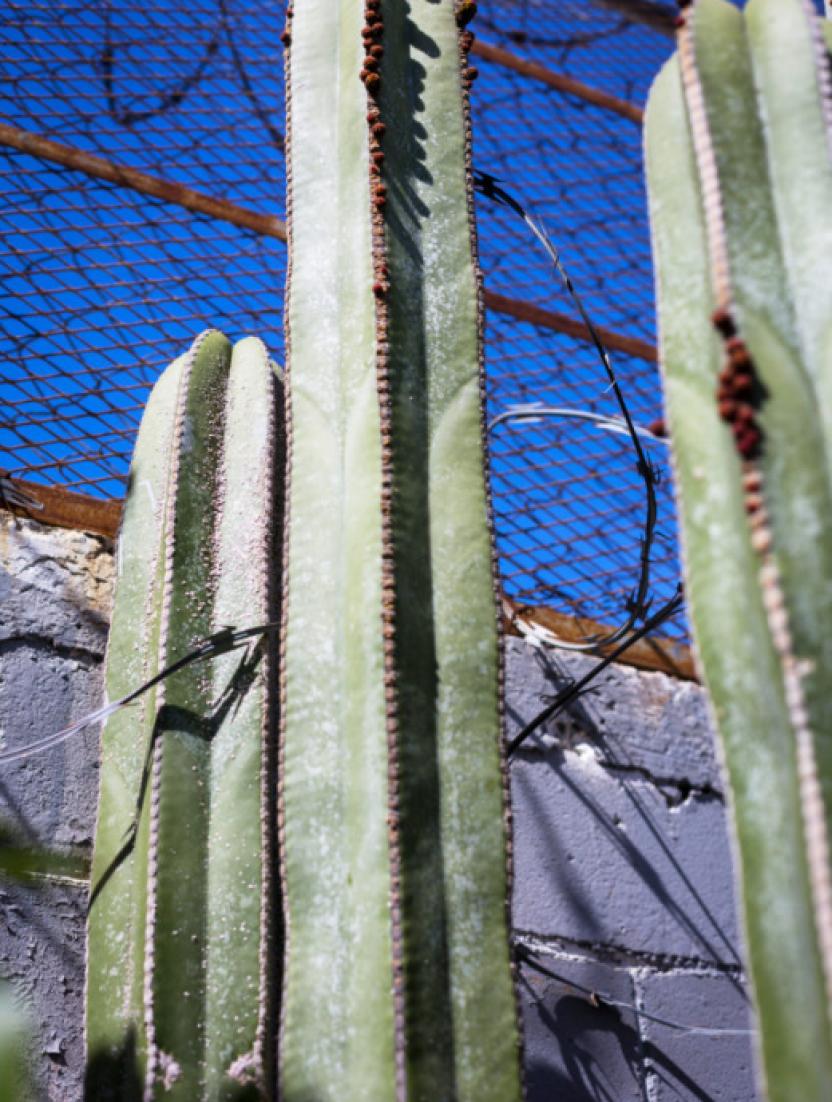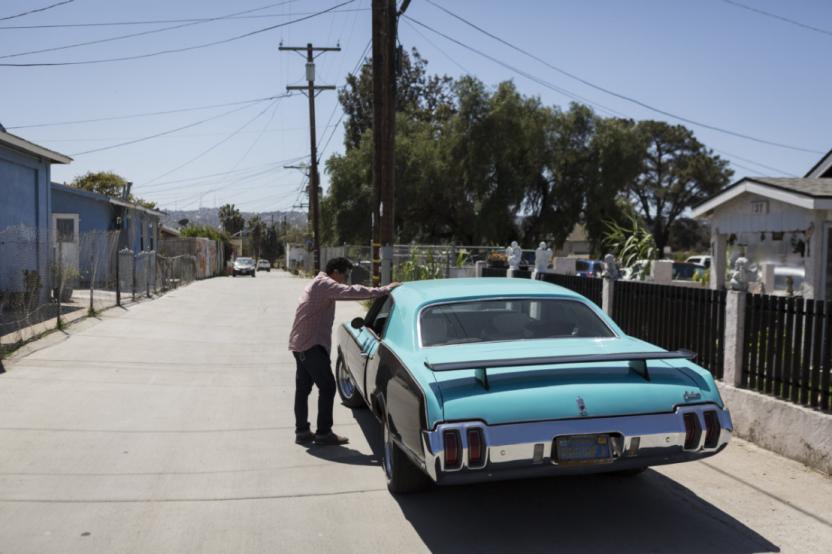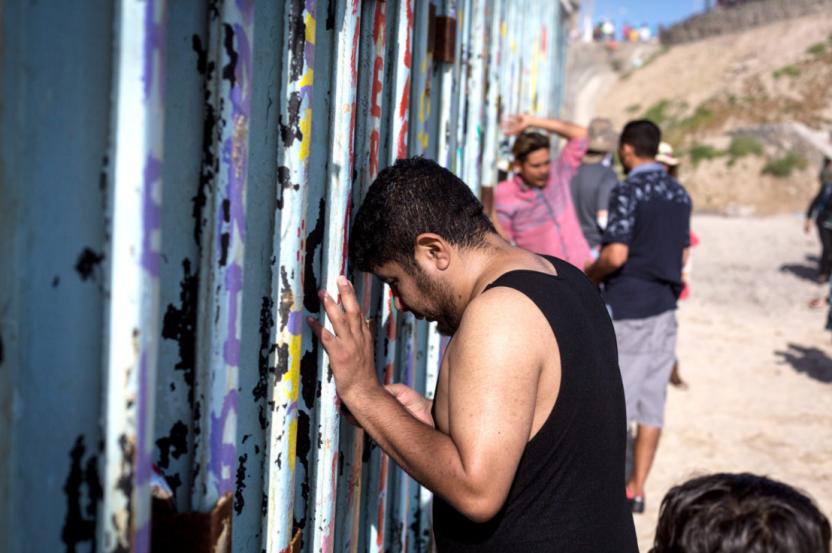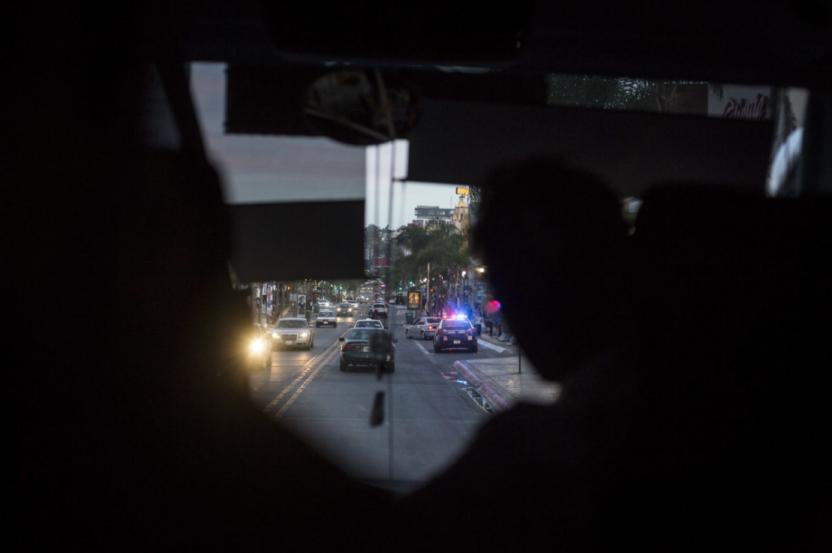The Tijuana and San Diego region is home to the most crossed border in the world. It’s not only where two cities and countries meet but also where the global North and South collide. It’s the ultimate contrast. Tijuana is where the Spanish-speaking culture of Latin America begins. It’s the gateway to a whole new world with its own history and traditions compared to that of the USA and Canada.
When I was six years old, my family emigrated to San Diego, USA, from Mexico City, Mexico. Although for me this seemed normal at the time, little did I know I had traversed a border and entered a “promised land” that millions, if not billions, of people from around the world could only dream of.
On the other side of that border is Tijuana, Mexico. For most of my early life my only opinion of this city was that it was dirty and that it was a lesser “Mexico” than that beautiful capital city that I came from. I never wanted to go to Tijuana, and if I had to it was only to go to the airport so I could fly to Mexico City.
As I grew older my view of Tijuana began to shift. I began to see it with the same eyes as most Americans and generally those of the global North – a city of vices littered with cheap bars and dirty strip-clubs. A city with no culture and run by the cartels. To an underage 17-year–old, this sounded like heaven. However, I never got a chance to experience this adult Garden of Eden. Around that time, Tijuana was experiencing some of its most violent years. Turf wars between the cartels and the government’s “war on drugs” turned the whole city into a battleground. So I did what most people outside of Tijuana did at the time: I forgot about it and went on with my life.

Fast forward 10 years and now I am living in Tijuana. I run a design house called Casa Tamarindo and I tell anyone that listens that this is the most creative city in the world.
So what changed? The short story is that after the violence and plummet in vice-fueled tourism, cheap rents and empty streets created the perfect opportunity for the city to reinvent itself. Souvenir shops turned into art galleries and strip clubs turned into craft breweries. The locals reclaimed their city and transformed it not into what the American tourist demanded but into what they dreamed it could be.

The result has been the birth of a city that is creating its own traditions. Bleeding with creativity and dancing to its own beat. A city that, in response to being built against the border, has developed an identity for pushing and questioning every other conceivable boundary.
However, I believe this is only one part of the story. For Tijuana – and the rest of Mexico, for that matter – to feel fully empowered, we are going to need a change in perspective. Since the end of the Mexican-American War in 1848, when the USA annexed half of Mexico, Mexico has had to play by its northern neighbor’s rules. Nowhere is this more evident than in Tijuana.
Since its inception in 1889, Tijuana depended on San Diego. The first materials, electricity, and investments that gave birth to Tijuana came via San Diego from American investors looking to build casinos and bars during Prohibition. Before that there was nothing except for some empty ranch lands and hot springs. To say that Tijuana was built by Americans for Americans is an understatement. The only reason people from all over Mexico ever decided to relocate to Tijuana was either to get a job catering to the American tourist or to cross into the USA. To put it simply, without San Diego there would have been no Tijuana.

So how can a city that was built solely to quench the needs of its neighbor across an ever-increasing wall transform its identity? The answer is simple: by looking South.
When viewed from the standpoint of the USA, Tijuana personifies a waiting room: almost inside the USA, but not quite. (When viewed on a map, it appears as if the whole city is trying to cross the border.) People from all over Mexico and the world see it as the last stop before entering the “promised land.” A modern-day Ellis Island where everyone is welcome. However, this identity also gives it the feeling of not being good enough. When I first moved to Tijuana I was always asked why I would live there if I could live in San Diego. My answer is simple: It’s because I don’t see Tijuana as the waiting room to the USA but as the gateway into Latin America.

If Tijuana embraced this role as “the gateway into Latin America,” it would allow the city to create an identity that is not dependent on the USA. As the city starts looking South, it will realize that its biggest value isn’t its vicinity to the USA and the jobs that creates but the opportunity it has to become a Welcome Center for Latin America and all the identities that embraces.
Once Tijuana realizes the social and economic value in this change of perspective, it will want to support and showcase the plethora of cultures that its migrant populations bring. In turn, migrants coming to Tijuana will not only be limited to low-wage factory jobs, they will also have the opportunity to foster and share their artisanal knowledge and traditions.


This in turn would welcome a different kind of visitor. One that isn’t just coming to cross into a “promised land” or to indulge in vices that aren’t as easily available back home. Instead, it will be someone that is curious to explore the different cultures and artistic traditions that the city embraces. It would flip the arrows and start not only attracting people that are looking to go North but also those looking to go South. Tijuana would become the first step into exploring the vast and magical lands of Latin America.
All pictures were taken by Marc Beckmann.
From: BMW Foundation





Comments
Facebook
MoveToTijuana
New
Best